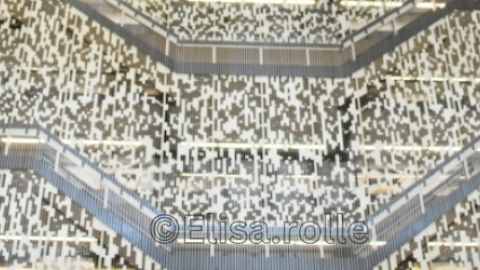Joint moments of higher order derivatives of CUE characteristic polynomials I: asymptotic formulae
Keating, J
Wei, F
International Mathematics Research Notices
volume 2024
issue 12
9607-9632
(04 Apr 2024)
The inefficiency of re-weighted sampling and the curse of system size in high order path integration
Ceriotti, M
Brain, G
Riordan, O
Manolopoulos, D
(10 Jul 2011)
Tue, 23 Apr 2024
13:00
13:00
L2
What's done cannot be undone: non-invertible symmetries
Shu-Heng Shao
(Stony Brook University)
Abstract
In massless QED, we find that the classical U(1) chiral symmetry is not completely broken by the Adler-Bell-Jackiw anomaly. Rather, it is resurrected as a generalized global symmetry labeled by the rational numbers. Intuitively, this new global symmetry in QED is a composition of the naive axial rotation and a fractional quantum Hall state. The conserved symmetry operators do not obey a group multiplication law, but a non-invertible fusion algebra. We further generalize our construction to QCD, and show that the neutral pion decay can be derived from a matching condition of the non-invertible global symmetry.
ADM-CLE approach for detecting slow variables in continuous time Markov chains and dynamic data
Cucuringu, M
Erban, R
(07 Apr 2015)
Fragmentation, Price Formation, and Cross-Impact in Bitcoin Markets
Albers, J
Cucuringu, M
Howison, S
Shestopaloff, A
(22 Aug 2021)
Volatility forecasting with machine learning and intraday commonality
Zhang, C
Zhang, Y
Cucuringu, M
Qian, Z
(08 Feb 2022)
Option Volume Imbalance as a predictor for equity market returns
Michael, N
Cucuringu, M
Howison, S
(23 Jan 2022)
OFTER: An Online Pipeline for Time Series Forecasting
Michael, N
Cucuringu, M
Howison, S
OFTER: An Online Pipeline for Time Series Forecasting
Michael, N
Cucuringu, M
Howison, S
(07 Apr 2023)


